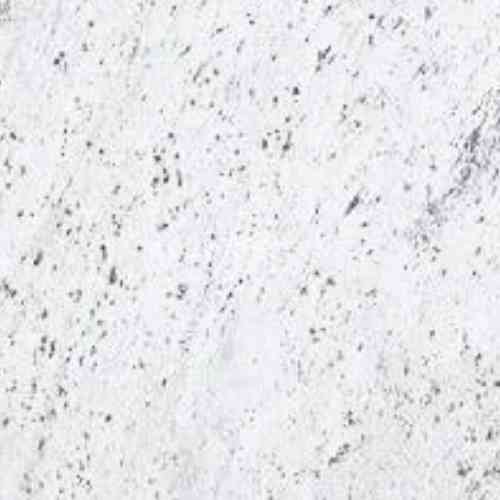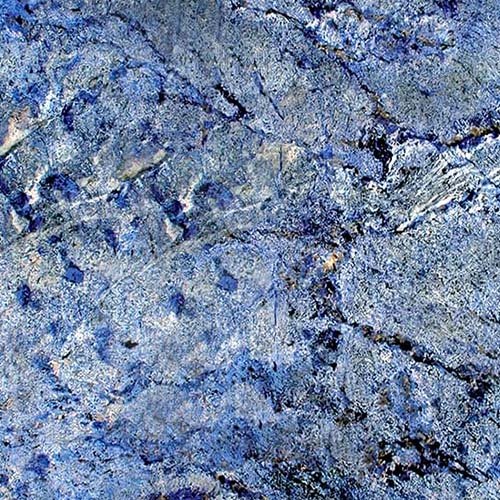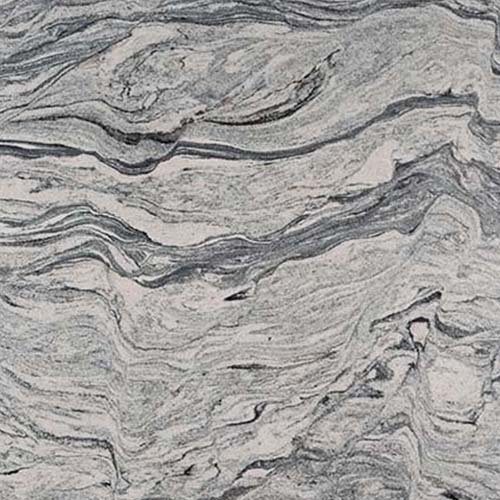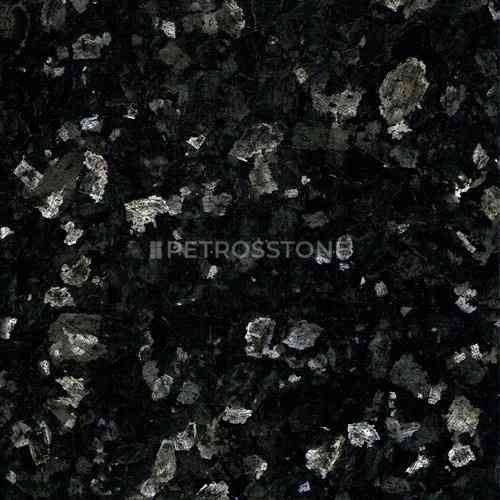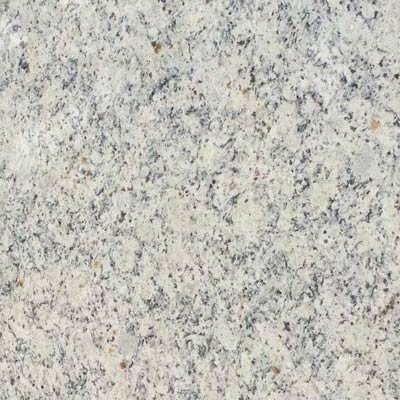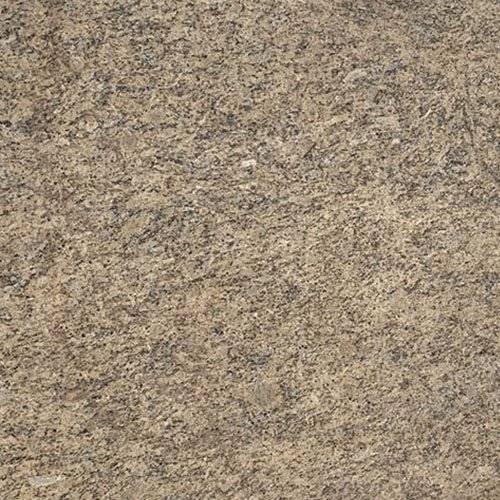
Crushed granite is one of the most used landscaping and exterior design choices because it is durable, visually appealing and easy to maintain.
It is extremely efficient as a drain and as an erosion control measure, so it is a practical and beautiful option for outdoor spaces.
It has gained tremendous popularity among residential homeowners, landscape architects, and urban planners all over the world.
Here’s why you should consider crushed granite walkway, pathway or patio, etc:
- The rustic colour of Crushed Granite shade and tone, together with its coarse texture and look, contributes to the elegant look and feel.
- It lasts long. It is resistant to foot traffic, and does not need frequent maintenance.
How crushed varies from other similar products like granite, gravel, and decomposed granite.
Are they the same, or is there a drastic difference? In this comprehensive blog, we’ll take a closer look at crushed granite, break down its various forms, highlight its most common uses, weigh its pros and cons, and provide practical information about installation methods and costs.
- What is Crushed Granite?
- Crushed Granite Sizes and their Appropriate Use
- Granite Gravel, Crushed Granite Grit, and Decomposed Granite: Are They the Same?
- Where to use Crushed Granite
- Crushed Granite Walkways: Installation and Cost
- Crushed Granite Driveways: Cost and Installation
- Crushed Granite Patios
- How to Install a Crushed Granite Patio
- Crushed Granite in Landscaping
- Tips for Choosing and Maintaining Crushed Granite
- So, Is Crushed Granite Right for You?
What is Crushed Granite?

Crushed granite is a naturally occurring stone aggregate produced by the mechanical reduction of coarser granite pieces into smaller angular pieces. The material possesses the natural characteristics of the granite—durability, hardness, and spotty appearance—and the benefit of size.
Crushed granite differs from rounded gravel, naturally weathered and smoothed by water, in that crushed granite has angular, sharp corners that fit when it’s compacted, providing stability for most landscaping applications.
Crushed granite is also available in all sizes, ranging from tiny fragments smaller than sand to bigger and more chunky ones. The colour even varies sometimes based on quarry source and can shift from silver-grey and rose hues to deep reds and blacks, and add depth to any exterior space.
Crushed Granite Sizes and their Appropriate Use
| Size | Description | Primary Applications | Notes |
| #10 (Granite Dust) | Fines or powder | Pathways, under pavers, leveling base | Very fine; compacts well |
| #57 | ¾ inch | Driveways, drainage, concrete mix | Most commonly used size |
| #67 | ¾ inch minus (smaller than #57) | Sloped areas, driveways, drainage | Allows better drainage than larger sizes |
| #5 | 1 inch | Driveways, roads, heavy load areas | Good base for driveways with heavy traffic |
| #3 | 1½–2 inch | Base layers, erosion control | Often used under smaller crushed stone |
| #1 | 2½–4 inch | Heavy drainage, construction entrances | Less common for residential use |
| Rip Rap | 3–8+ inches | Shorelines, ditches, erosion control | Excellent for high-flow water areas |
| Crusher Run | Mix of granite dust and #57 stone | Base for roads, driveways, patios | Good compaction; ideal for foundations |
Important Reference Information
- Compaction: Finer particles (like crusher run and granite dust) compact more, and hence they can be used as a base.
- Drainage: Larger stones (like #3, #57) are used for water drainage, which reduces flooding or pooling.
- Weight & Volume: Typically, 1 cubic yard of crushed granite will weigh around 2,500–2,700 lbs.
- Color & Aesthetics: Granite is gray, pink, or red in color, depending on the use, and can be regarded in landscaping applications.
- Standardization: The dimensions typically meet ASTM or DOT specifications for construction materials (state or country dependent).
Granite Gravel, Crushed Granite Grit, and Decomposed Granite: Are They the Same?

Although very interchangeably used, Granite Gravel, Crushed Granite Grit, and Decomposed Granite are all distinct products with minor differences.
| Granite Gravel | Crushed granite grit | Decomposed Granite |
| Generally made up of slightly larger, rounded rock and is primarily used for drainage and ornamentation. | Refers to the small, tapering pieces of granite and is typically used to surface walkways and patio floors where a hard, solid base is required. | Weathered and worn-out granite over time, reduced to a sandy, fine mixture. It may also contain natural binders that harden when it is compacted. |
Where to use Crushed Granite
There are numerous uses for crushed granite in construction and landscaping.
- Crushed Granite is applied as a top dressing to planting beds, mulch, and even utilised as a paver material and other hardscape materials.
- crushed granite is likewise commonly used for commercial landscaping, urban parks, and public sidewalks due to its minimal maintenance needs and great hardness.
- Also, crushed granite is commonly used for xeriscaping, or water water-conserving landscape technique.
- As it is not providing ground cover but water permeability, it reduces water runoff and erosion, therefore, it is a green substitute to the environment.
Crushed Granite Walkways: Installation and Cost

Crushed granite walkways have a rough, elegant look and can be readily incorporated into natural surroundings. A warm earth tone and texture of the granite provide warmth to gardens, parks, and other outdoor settings without overpowering them.
Crushed granite paths can be laid to be level and durable when walked over, but still porous and capable of preventing puddling and erosion.
Installation of Crushed Granite Walkway

Installation involves a series of critical procedures.
- Firstly, the ground is dug and smoothed out. A weed barrier will typically be inserted to prevent invasive plants, followed by a layer of coarse gravel to aid drainage.
- The crushed granite is scattered over the area and pressed into place with a mechanical tamper. Depending on whether or not a stabilised or loose finish needs to be created, a binding agent could be applied to add further hardness to the surface.
Crushed Granite Walkway Cost
- Crushed granite walkways are fairly priced in relation to pavers and concrete.
- Generally speaking, homeowners pay between $3 to $7 per square foot on average to have it installed.
- The price can also differ depending on the quality of the granite, what regional prices are, and if other features like edging or sealing are factored in.
Crushed Granite Driveways: Cost and Installation
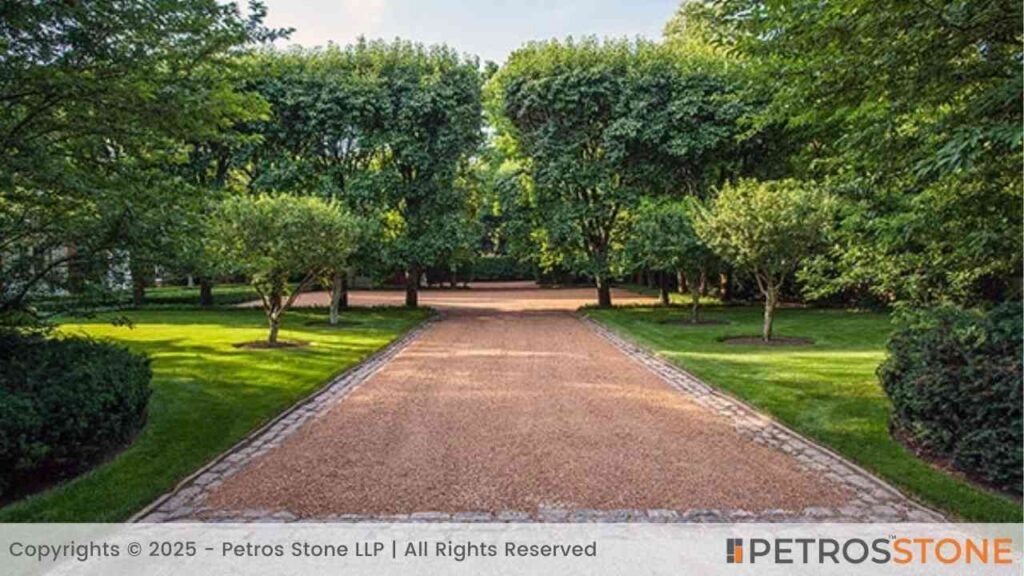
- The natural colour and texture of the material can be manipulated to either complement or match the home’s exterior, and its interlocking nature provides a solid surface that will not shift or degrade.
- The installation of driveways is not much different from walkway installation, but involves more heavier-duty foundation.
- The base layer must be thicker to handle the weight of automobiles, usually 4 to 6 inches of compacted gravel.
Cost of Crushed Granite Driveway
- Crushed granite driveway prices depend on depth, size, and location, but usually range between $4 and $10 per square foot. This is less than asphalt or concrete, although one must think about future material topping up and occasional re-compaction.
Crushed Granite Patios
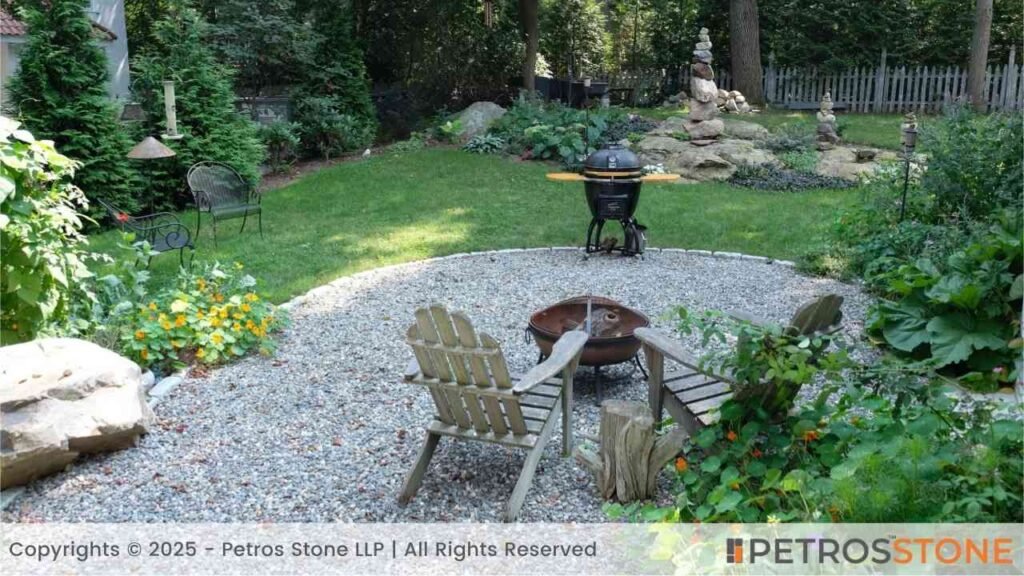
Granite crushed pavers create a warm, inviting outdoor space suitable for entertaining or everyday outdoor use.
How to Install a Crushed Granite Patio
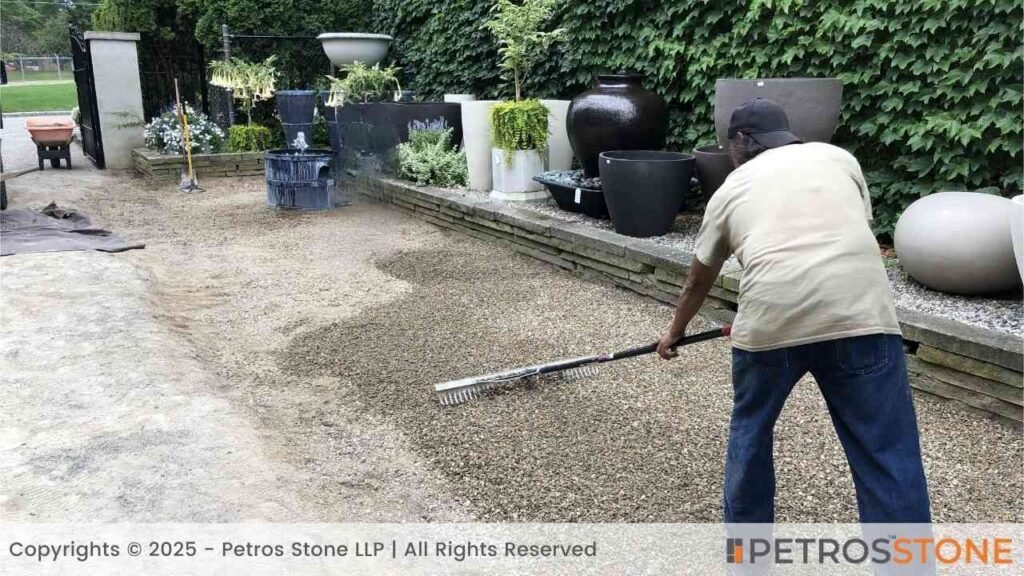
- To construct a crushed granite patio, the process begins with excavation, then a compacted gravel base, and application of granite aggregate.
- A stabilising binder may be added to decrease dust and enhance strength, especially in high-traffic conditions. Grading properly keeps the patio surface level and drains well.
Cost of Crushed Granite Patio
- Cost to install a crushed granite patio can range from $6 and $12 per square foot, subject to the quality, the sophistication of the design pattern, and whether or not custom features such as borders and illumination are required.
- That makes it fairly priced at the middle range, where it has the natural look to compete with more expensive materials at a higher price.
Crushed Granite in Landscaping
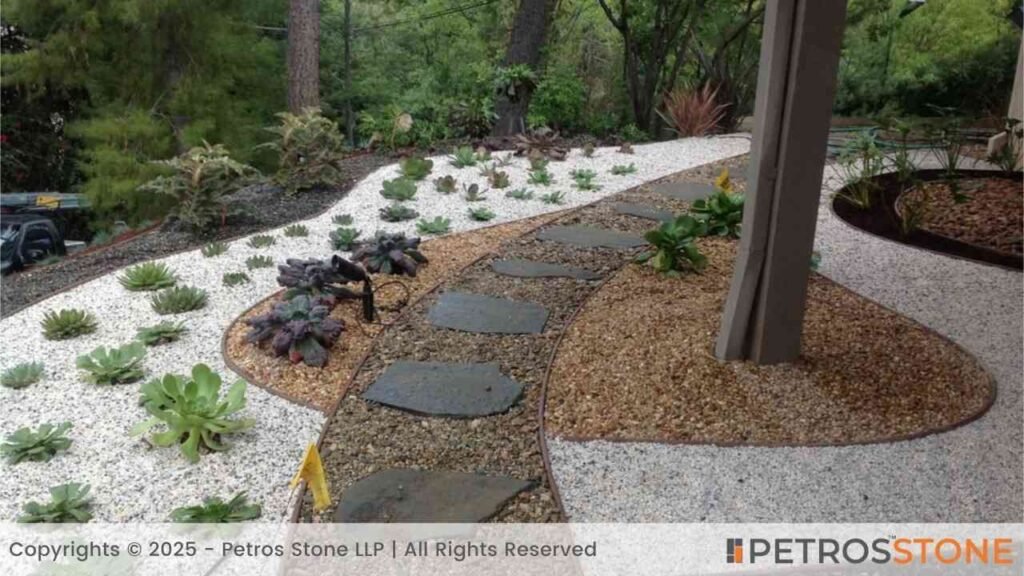
- Landscapers often depend on crushed granite because of its appearance and functionality. It can be used to produce aesthetically pleasing garden bed accents, border sidewalks, or a stunning finished look along the house exterior and outside building perimeters.
- Its colour option allows designers to be creative, making contrast or the same appearance along the landscape.
- Crushed granite is also great for drainage and reduces soil erosion on slopes.
- It’s a weed barrier in its natural form, too, and retains less heat than asphalt or concrete, making it walkable, even at the height of the sun. Because it’s a natural product, crushed granite also follows the rules of sustainable landscaping.
Advantages of Crushed Granite
Crushed granite has numerous advantages.
- The natural look and earthy colour of Crushed Granite create a long-lasting look that is suitable for modern and country design themes.
- The aggregate is weather and scratch resistant, and as such is suitable for outdoor use.
- It is also permeable, which serves to reduce stormwater runoff and encourage green building is easy, especially for homeowners who prefer to do it themselves, and the material is comparatively easy to source.
- Affordability compared to concrete or stone pavers further adds to its appeal, as does its rough texture, making it slip-resistant in its nature.
- Low maintenance is a major plus point too. Crushed granite, when installed, requires almost no maintenance—raking or topping off periodically may be all that is ever required to get it to look like it’s just been put in. With stabilised varieties, even that may not be needed.
Disadvantages of Crushed Granite
- The primary drawback is that loose granite can move around over time, especially where traffic is heavy. This might necessitate raking and constant replenishing of material.
- Dust is also an issue, particularly in dry environments. Stabilisers will restrict dust, but at a possible extra expense.
- Fine granite dust can get muddy or washed away with wet weather if the installation is not well-drained or well-compacted.
- Granite crushed surfaces are also uncomfortable for bare feet due to their texture and are thus less ideal for pool areas or barefoot playgrounds.
- Also, the sharp edges of some granite pieces tend to wear out tires or shoes with use.
Tips for Choosing and Maintaining Crushed Granite
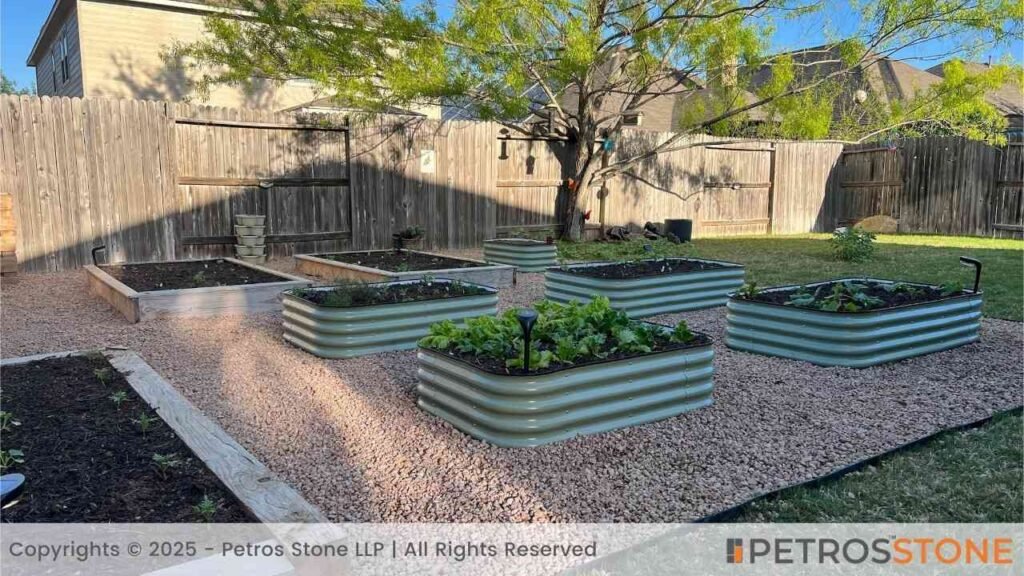
Selecting and sustaining crushed granite is easy when done with a well-planned approach.
- For starters, selecting the appropriate form of granite for your intended use is essential.
- Gravel is ideal for spaces that will support high loads, including driveways and RV pads.
- Crushed granite grit is more ideal for patios and small garden areas where one wants a harder, more dense surface.
- For light-traffic usage or simply for aesthetic interest, decomposed granite is a comfortable, natural surface that blends nicely with the surroundings.
- To place granite in traffic areas or rain-gathering areas, include a stabiliser. The additive keeps the particles intact, not eroding and reducing dust. Stabilisers help to maintain the integrity of the surface over time in areas such as patio areas or public pathways.
- Drainage is essential in any crushed granite job. A little pitch allows water to drain away naturally and does not accumulate and lead to a washout. Without grading, the most beautiful crushed granite surface can quickly fail from water erosion.
- To keep your crushed granite in place and reduce the frequency of continual cleanup, edging is highly recommended. No matter if metal, stone, or wood is utilised, edging establishes borders for your granite surface and prevents the material from escaping into unwanted areas. It even contributes to the overall look, giving your project a neat, finished appearance.
- Crushed granite will need to be replaced annually. A new thin layer of granite will recharge colour, replace lost material, and maintain the surface functionality. It is especially needed in patios and walkways where constant foot traffic compacts and migrates the stone over time.
- Weed control is yet another crucial crushed granite maintenance factor. Before installation, lay down a superior weed barrier material and consider applying a pre-emergent herbicide to avoid weeds from germinating.
- Following installation, monitor the surface and manually pull up any tenacious growth or treat spot areas as needed to keep the surface looking clean and natural.
So, Is Crushed Granite Right for You?
Crushed granite is a diverse product offering form and functional worth for numerous varied landscaping and hardscaping applications. From constructing a peaceful garden path, hardy driveway, or inviting patio, crushed granite provides toughness, aesthetic appeal, and value.
Crushed granite, granite gravel, and decomposed granite comparison and contrast enable homeowners and contractors to make the most appropriate selection for their own intent.
Although there are a couple of maintenance issues and restrictions to be mindful of, the benefits outweigh the drawbacks provided the material is correctly installed. As with any landscaping feature, it’s just a question of proper planning and quality installation.
Feel free to get in touch for a free consultation, quote, and get a detailed understanding from our experts here at Petros®. Visit https://petrosstone.com/ or call +91-8446360361 and WhatsApp
White Galaxy Granite
Blue Bahia Granite
Silver Cloud Granite
Black Pearl Granite
Dallas White Granite
Santa Cecelia Granite

